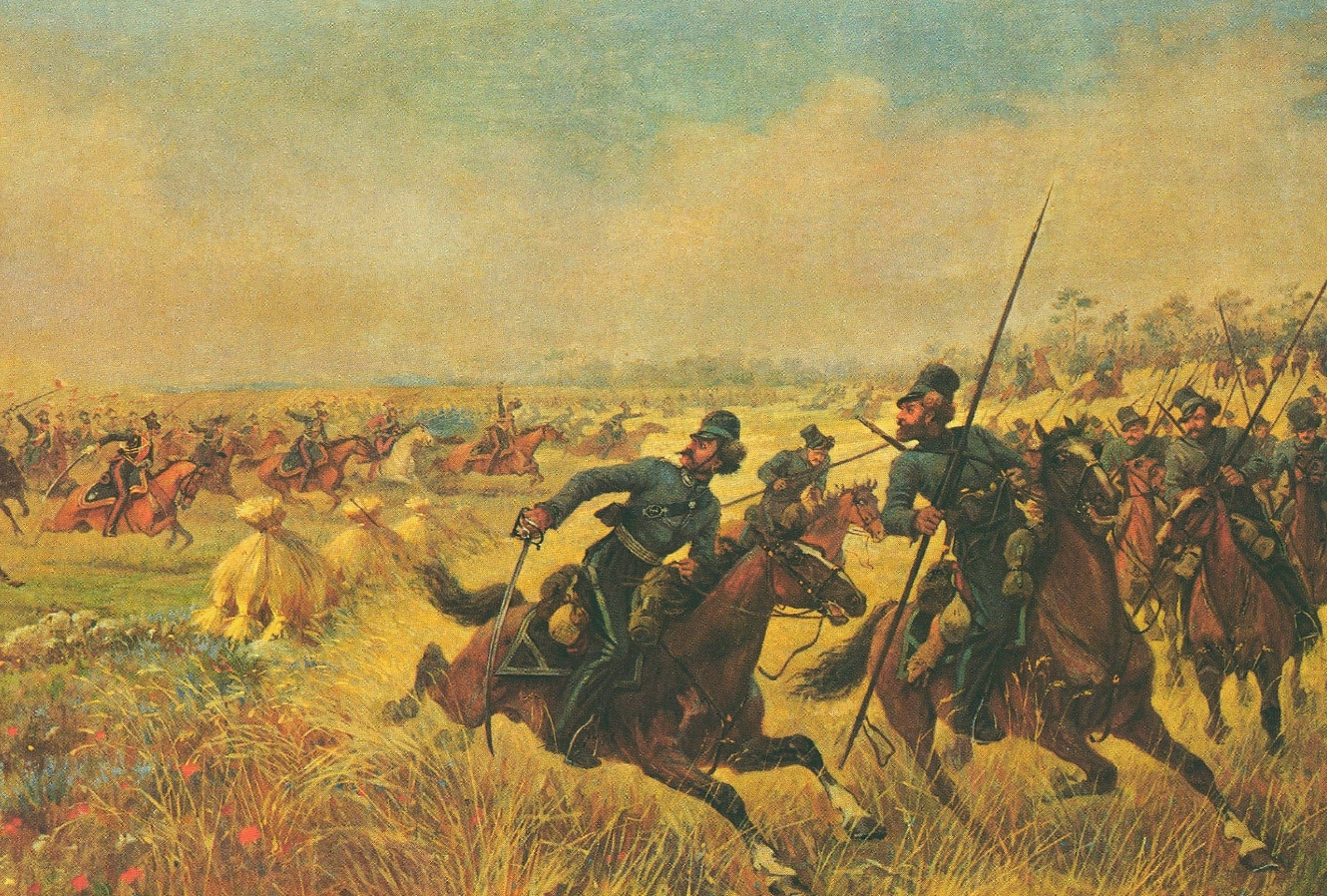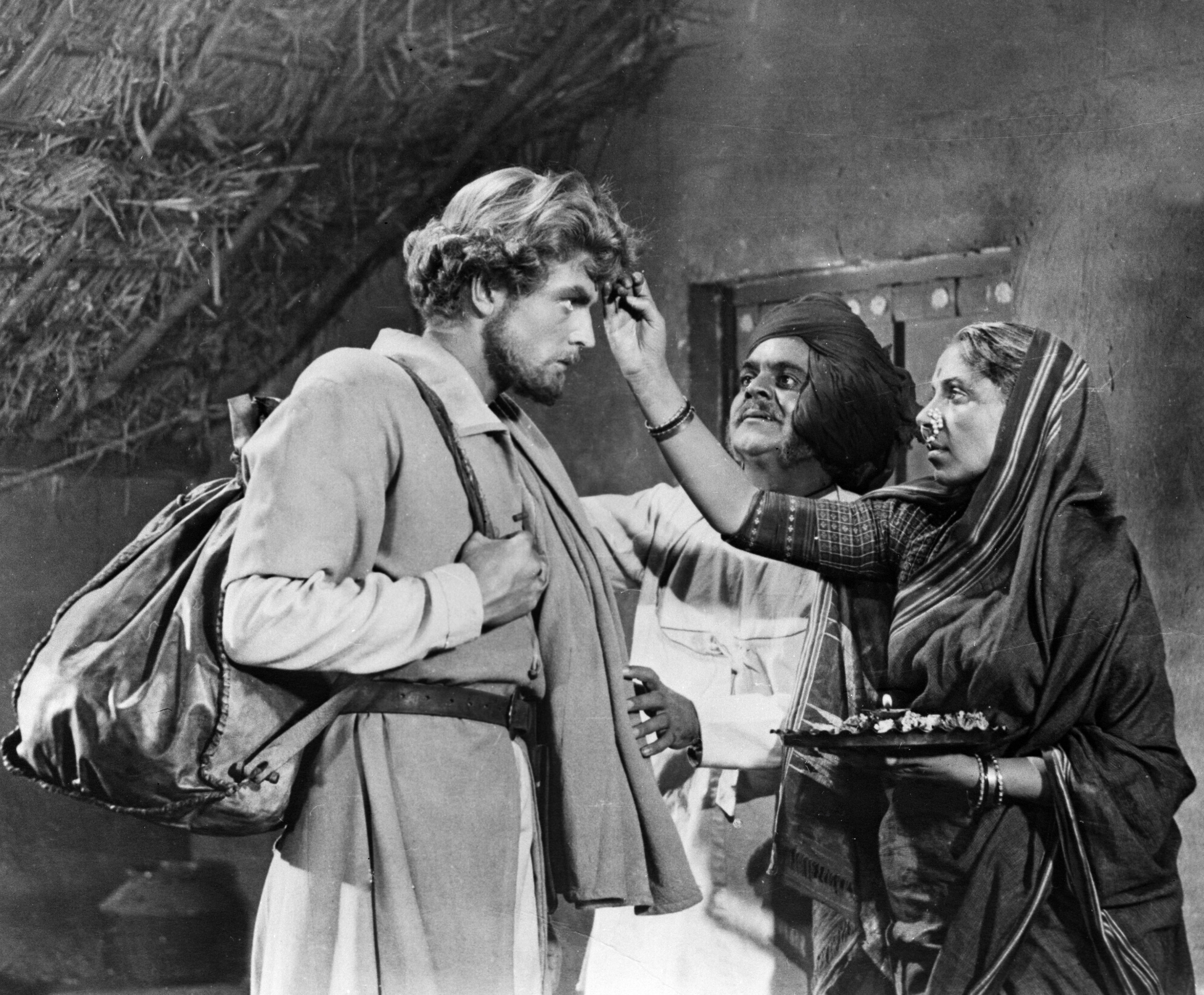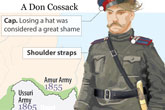How the great game began: Origins in early Indian campaigns

Viktor Mazurovsky. General Platov's cossack cavalry deployed at Mir (1912, Fragment)
The conflict between Britain and France in Europe during the 18th and 19th centuries displayed an approximate parity between the warring nations. To gain a decisive victory over the rival, one of them needed to make a nontrivial strategic move. The French found it, in a blow to India, which was then the core of the United Kingdom’s global power. The loss of Hindustan would have led to a complete collapse of the British Empire, changing the geopolitical balance of power in the world.
The first step toward securing the strategy was the eastern French Egyptian campaign. On May 19, 1798, under the command of Napoleon Bonaparte, the French army left Toulon on 300 ships. The Expeditionary Force, comprising 35,000 people, began to disembark in Alexandria on June 30. Having seized Egypt and cut the communications between Britain and India, Napoleon began to prepare for the next step – a campaign in the Indian subcontinent.
The French Emperor decided to involve Russia in his plans. Russia had, by then, severed ties with the UK because of the occupation of Malta by the British. This action angered the Russian Emperor Paul I, who also held the title of Grand Master of the Order of Malta. Since Napoleon and Paul I now had the same enemy, the idea of joining forces naturally arose.
The plan of the Franco-Russian campaign against India was that the French infantry corps, comprising 35,000 people and the artillery and led by one of the best French generals – Massena – would move along the Danube via the Black Sea, Taganrog and Tsaritsyn to Astrakhan. There the French would join the Russian army, also comprising 35,000 people, after which, according to the plan, the joint Franco-Russian corps under the command of Massena would cross the Caspian Sea and land in the Persian port of Astrabad, from where it would proceed to India.
According to calculations of Napoleon’s staff officers, the movement of troops from France to Astrabad was to take 80 days. For the next fifty days, there was a campaign planned through Kandahar and Heart and, finally in September that year (1798), India was to be reached.
The Russian command started an auxiliary operation in parallel. In the winter of 1801, Russian Emperor Paul I sent General Vasily Orlov, Ataman of the Don Cossacks, an order to prepare Cossack troops to march into India through Orenburg and Bukhara. The Cossacks were set a task of reaching the Indus River and defeating the British garrisons based there. The Russian detachment of 22,000 men with guns moved from the Don to Orenburg in March, covering 40 to 59 kilometres per day.
The Russian-French campaign frightened the British so badly, that they decided to organize a coup in Russia. Emperor Paul I was killed on March 24, 1801. Napoleon was convinced that the murder was organized by the British, and many modern historians agree with this.
His son Alexander I became the new Russian ruler and immediately ordered the Cossacks to stop the Indian campaign.
However, the British constantly feared since then that Russia would come from the north and conquer India. To prevent such a development, Britain began its expansion into Afghanistan and Persia, initiating a confrontation with Russia, which Rudyard Kipling called "The Great Game."
All rights reserved by Rossiyskaya Gazeta.
Subscribe
to our newsletter!
Get the week's best stories straight to your inbox

